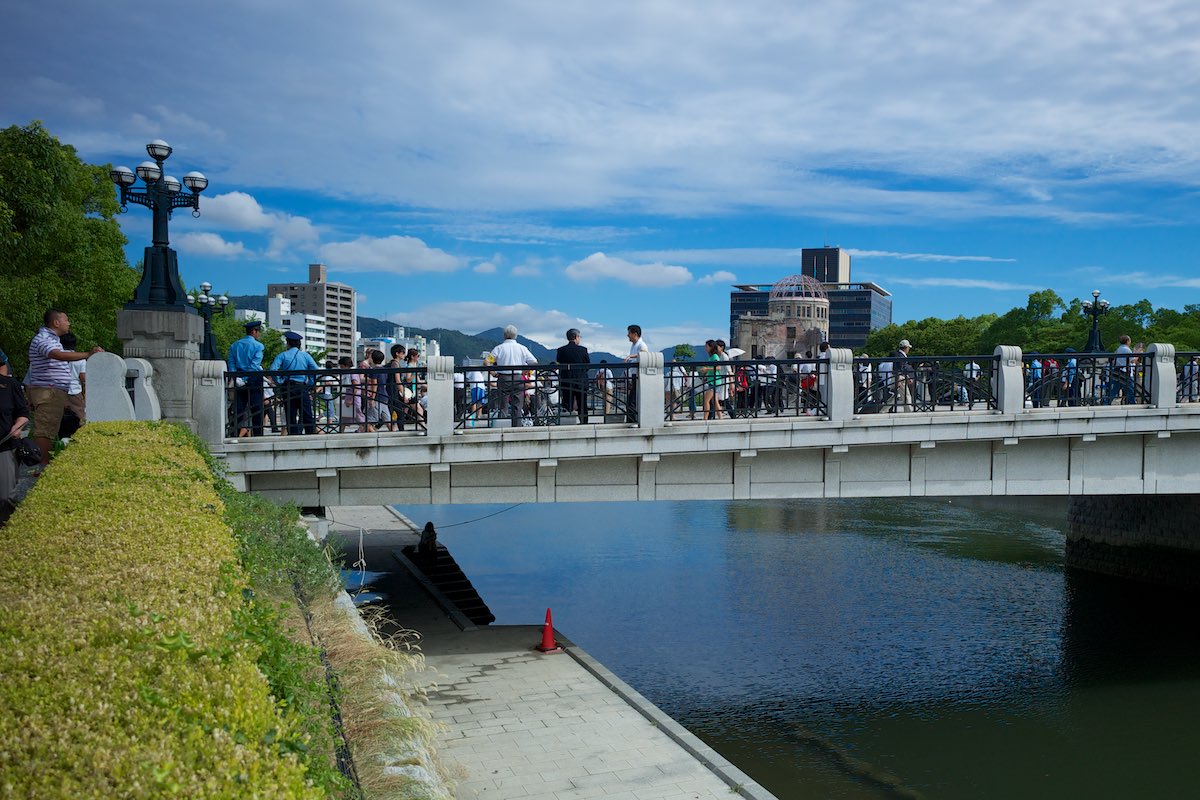
Above the Ground
This documentary challenges iconic disaster images of Hiroshima by using the method of visual ethnography to show that, on August 6th at Hiroshima, there is no peace in the Memorial Peace Park.
In Hiroshima, contrary to local people’s wish, violence and disturbance are shown up especially on August 6th. Protesters, demonstrators and religious groups occupied Hiroshima Peace Memorial Park entirely, taking advantage of that place for their campaigns. The heart of peace in Hiroshima is no longer at peace.
Even though media also regularly come to picture, they are obliged to capture precisely the peaceful images of Hiroshima. They just sit down in front of miserable or mourning people and organize grief reactions to integrate themselves into Hiroshima Peace Memorial Day. Most casual viewers of media will follow those artificial pieces, so that there this is a peace gap between media images and the actual situation in Hiroshima.
This gap is what represents Hiroshima culture 70 years after the bomb was dropped. The shots in Above the Ground reveal how this is happening and why this exists. To do so, we filmed using 15 cameras applying the methods of visual ethnography. These methods help viewers develop their spiritual and intellectual muscles to the point where they can acquire accurate knowledge of Hiroshima culture.
The film has abandoned the historical analogy of Hiroshima city, and instead, selected pieces that fairly represent the various dimensions of contemporary Hiroshima. No one need be rigidly committed to any single approach to the film. Ultimately the documentary offers audiences different paths toward peace culture of Hiroshima.
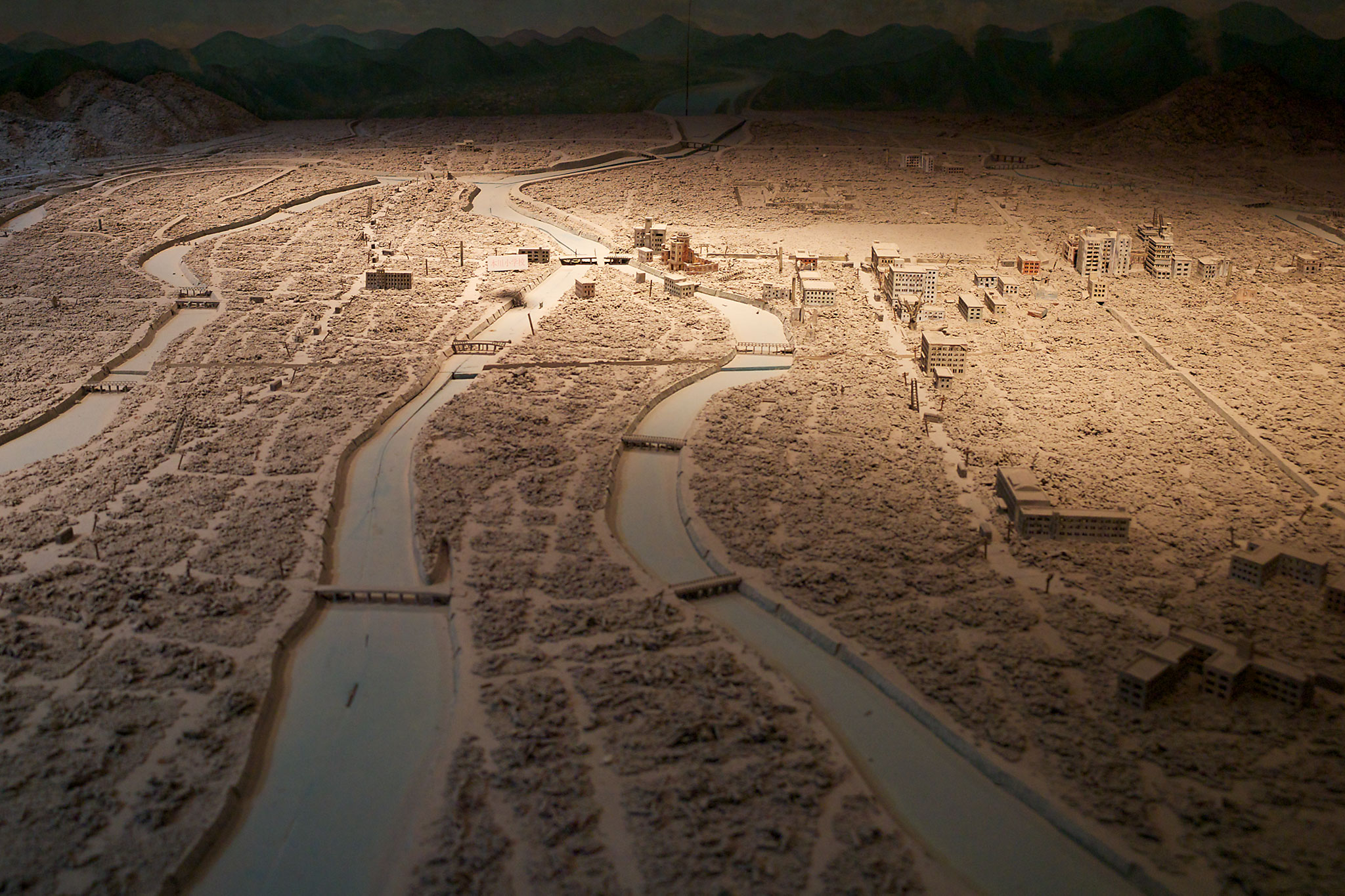
An initial idea for this film project came up from my experience on August 6th, 2010. I was filming in the Hiroshima Peace Memorial Park for my research in social studies. I tried to frame a good shot through the finder, but instead of a good image, I saw a crowded chaos of protesters, media crews, religious groups, and all talking, shouting, crying, singing and praying, a conflicting sea of noise and purpose. Contrary to typical Hiroshima images such as a symbol of peace or disastrous pictures, I felt the immensity of the world beyond the edge of the lens. All “peace” images were blown away in explosion, and new sensibilities burst into bloom in my heart. To make a frame and have it fly right in front of all people who stick to the typical images, I went back to Hiroshima Peace Memorial Park with 15 camera crews on August 6th, 2015: 70th anniversary of the bomb day.
In the film, by means of a visual ethnography method, I tried to present images without putting up any barriers, opening audiences up for a powerfully emotional experience. The simplicity of the images relieves some of the harshness of the topic being described without sugar coating.
Our goal is now to represent, with all attending emotions and feeling, what Hiroshima means to the world; peace is no longer peaceful. We hope our film exercises the viewers’ spiritual and intellectual muscles to the point where they can acquire an accurate knowledge of the after-tragedy culture through Hiroshima city.
Thanks for listening to our story.
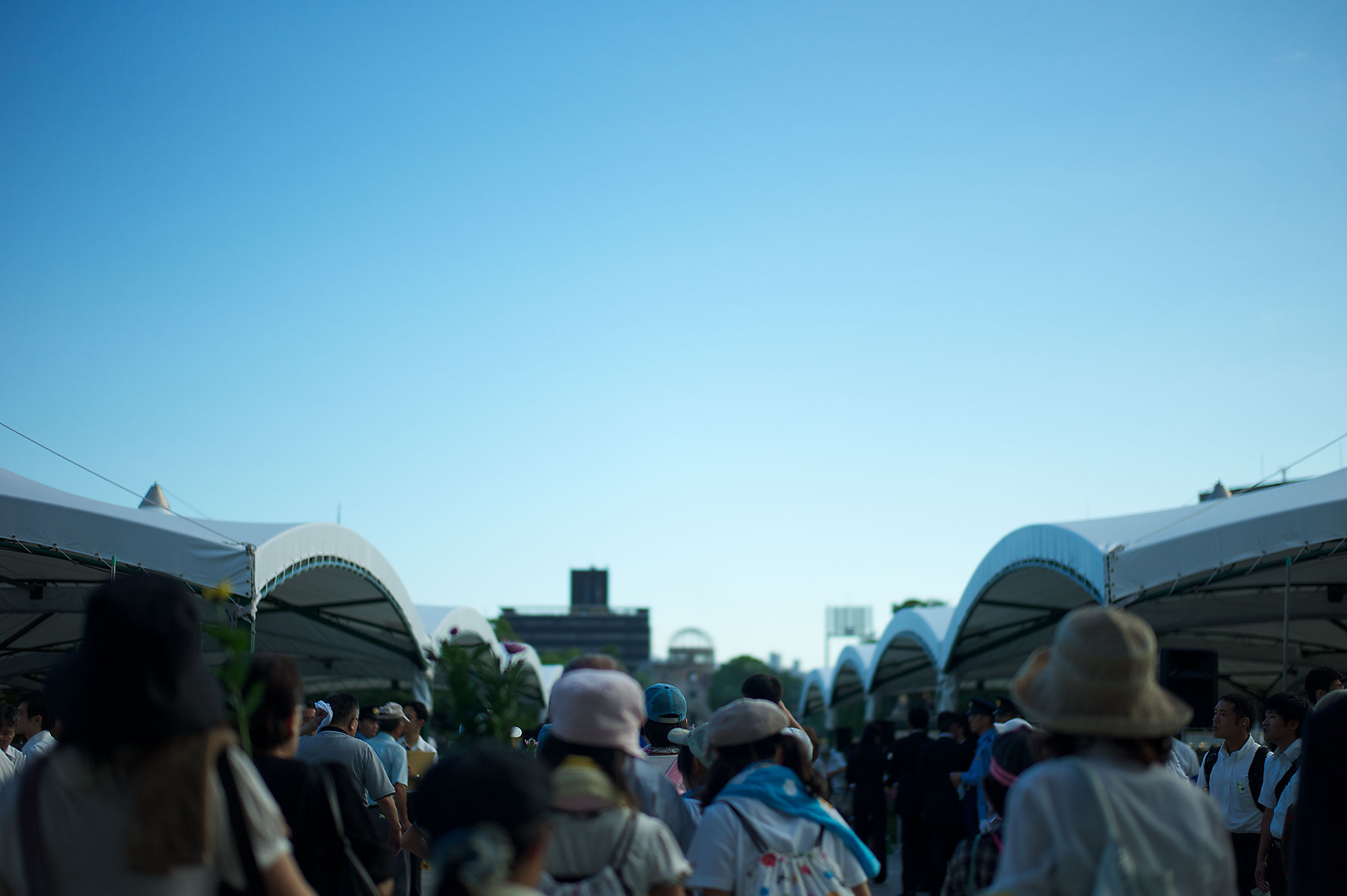
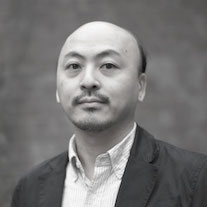
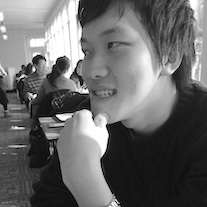
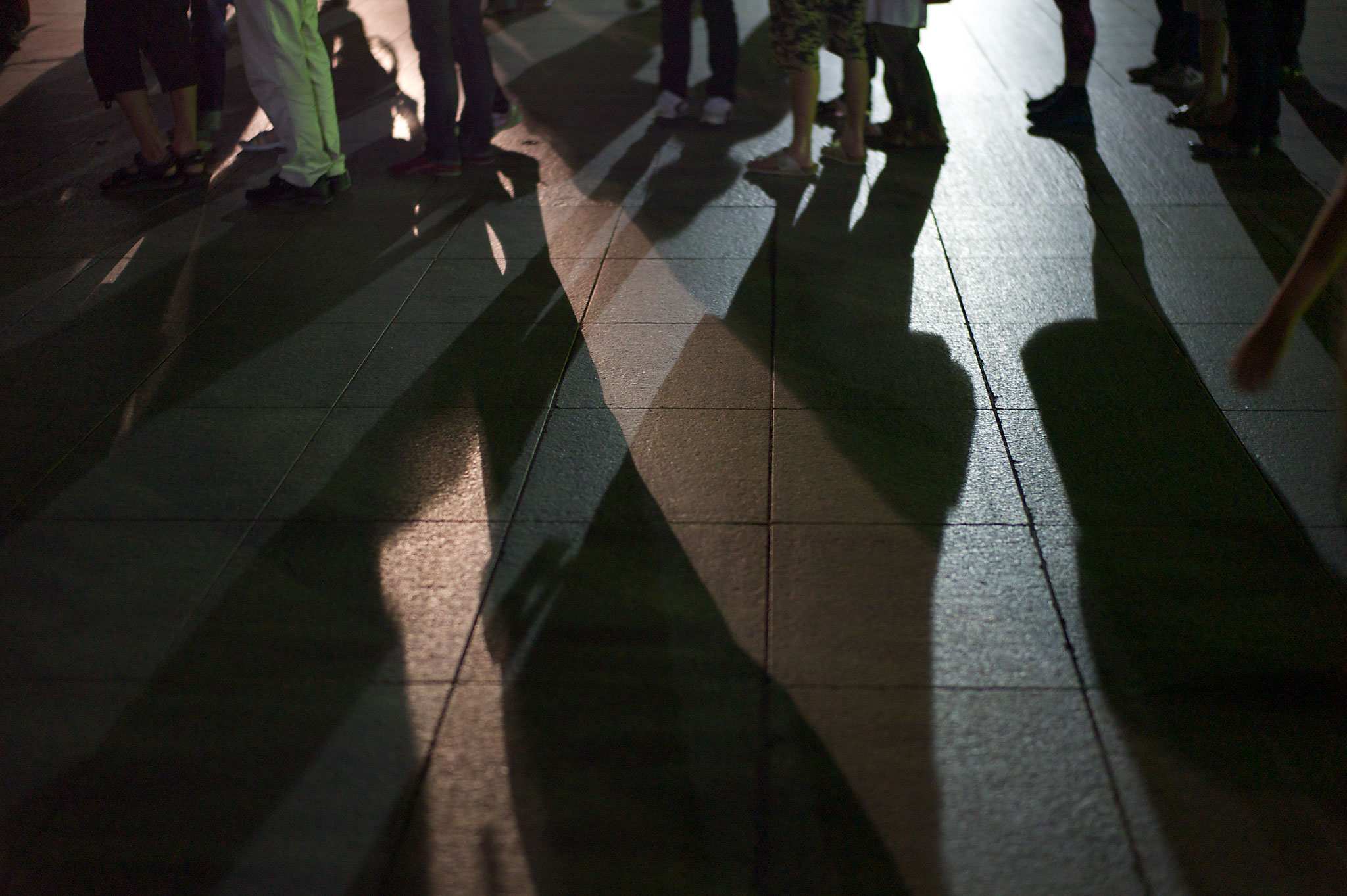
Please scroll the pictures.
Visual Ethnography is a method of the emergent traditions of visual sociology and anthropology. The method is consisted of the use of still or moving photographs as a methodological tool in social research, and the use of photographs as a means of presenting social research.
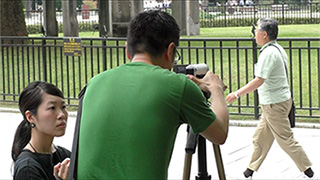
In order for viewers to capture a social activity shaped by social context, cultural conventions and group norms, photographs are subjected to reproduce the reality in front of the camera's lens, yielding an unmediated and unbiased visual report. As a filming method, observational films are deeply absorbing that core concept of the method into a process of development (ex. Frederick Wiseman: Hospital (1970), Kazuhiro Soda: Mental (2008), Lucien Castaing-Taylor and Véréna Paravel (Sensory Ethnography Lab at Harvard University): Leviathan (2012).
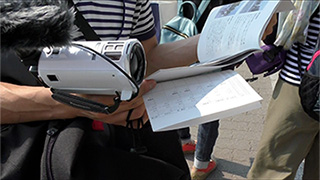
From the beginning of our production, the film have been developing the method to frame and capturize the immensity of Hiroshima and the Peace Memorial Park. The viewers will be drawn to see a powerful and haunting experience we faced there; all “peace” images were blown away and new sensibilities bloomed.
Contact us at anytime.
Hiroshima Visual Ethnography Project